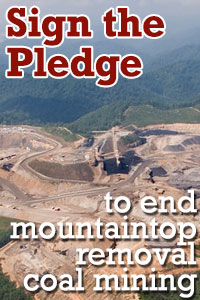“As we practice good stewardship of our abundant natural resources, we prosper. As we prosper, the planet heals.” Jeff Barrie
I have never been more excited about my work. Today, Kilowatt Ours launches our “Good Energy Stewardship Program” with a mission to help you reduce energy usage by making simple changes in your daily habits and behaviors. This will be the central focus of our organization’s work for years to come, because stewardship is a life-long process, and there are always opportunities to learn and grow. Please help us by sharing this information with everyone you feel would benefit.
What is the Good Energy Stewardship Program?
Before you install solar panels or invest in energy efficiency retrofits there are countless steps you can take immediately that require no budgeting, hiring, or upfront cash investments. I have come to believe that the greatest untapped, potential energy savings available in our world are those that can be realized through changing our minds, actions, and relationship to the energy we use every day. This is the first step available to all people right now, regardless of geography, climate, technical expertise, or income. The “Good Energy Stewardship Program” will help you save energy, save money, and contribute to a cleaner, more prosperous world. I do believe as more and more people make a commitment to practice good energy stewardship, many of the environmental challenges we face today will vanish and be replaced by the clean, abundant energy we all know is there for us.
We will help you on your good energy stewardship journey by providing the following resources for you (all of these can be accessed at www.KilowattOurs.org):
* informational emails about this initiative
* worksheets with practical steps you can take immediately
* downloads and DVDs to watch and share
* online discussion forums to share your experiences
* community workshops to learn and grow together
When can you get started?
Right now! Take 45 seconds to download and print our free energy saving worksheet at www.KilowattOurs.org , follow the instructions, and create your Personal Stewardship Plan. The small steps you take are proven to yield big results, when you take them with diligence and a positive attitude.
How can you help?
Participate: Do the best you can to reduce the amount of kilowatts you consume, one day at a time. Share your experiences in our discussion forums.
Donate: Your financial contributions allow us to expand our work and achieve our goals. Click here.
Stay tuned and share: I will blog and email with more information, uncovering the immeasurable value we gain when we practice good energy stewardship. Tell your friends about our work!
I am eager to take this journey with you. Please be in touch!
Jeff Barrie

In celebration of The Dirty Lie’s first birthday, Waterkeeper Alliance is hosting a contest to find the best short video telling the world that clean coal is nothing but a dirty lie. Be creative, we are looking for out-of-the-box submissions that showcase coal’s dirty lies and your talents! Potential topics include mountaintop removal coal mining, coal ash, or climate change.












 JP Morgan Chase is the biggest U.S. financier of mountaintop removal coal mining, the practice of blowing apart mountain peaks to cheaply access coal below the surface.
JP Morgan Chase is the biggest U.S. financier of mountaintop removal coal mining, the practice of blowing apart mountain peaks to cheaply access coal below the surface.


